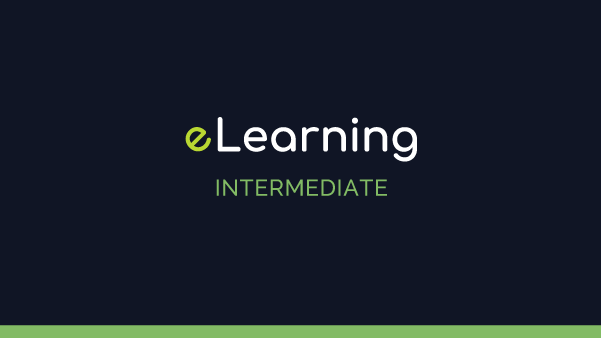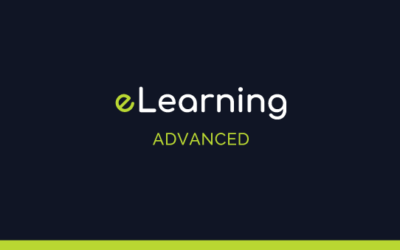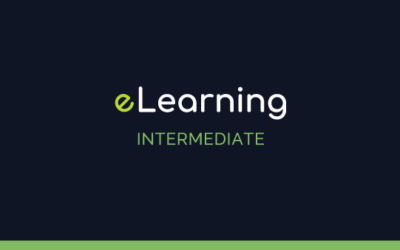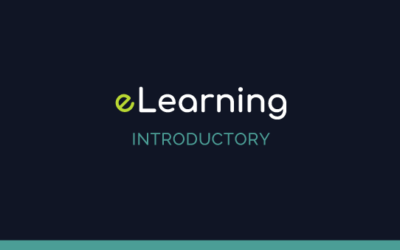This lesson contains a presentation that describes the value of logic models in planning domestic and sexual violence primary prevention efforts. It starts by looking at how logic models build on existing strengths and when to use a logic model. The presentation then reviews logic model basics, explaining how logic models are a simple series of questions and exploring the steps in creating logic models.
Logic models are exactly what the name implies – they are models that describe the logic of a program. Why is a program using strategies x, y, and z? What change does that program expect those strategies to create? A logic model is a road map of sorts, demonstrating how we’ll get from point A to point B in our efforts.
The overall goal of this course is to support in using logic models to plan your prevention programming, through the following educational and skill objectives.
Educational Objectives:
- Explain when to use a logic model.
- Describe at least 2 benefits of using a logic model.
Skills Objective:
- Be able to create a basic logic model for your prevention effort(s).
Course Materials:
- W.K. Kellogg Foundation Logic Model Development Guide
- Using Logic Models for Planning Primary Prevention Programs – PreventConnect web conference
- Learning for Sustainability’s Logic Model Resources
- Logic Model Portion of OJP’s Evaluation Guide
- University of Idaho Logic Model Fact Sheet
- Nonprofit Work’s Logic Model Planning Tool
Click on the button “TAKE THIS COURSE” to enroll, listen to the materials, and view summary documents.
Course Features
- Lectures 2
- Quizzes 2
- Duration 1.5 hours
- Skill level All levels
- Language English
- Students 24
- Certificate Yes
- Assessments Yes
Curriculum
- 2 Sections
- 2 Lessons
- 52 Weeks
- Logic Model Presentation2
- W.K. Kellogg Foundation Logic Model Development Guide2




